How They Did It: Details Make the Difference
Student tackles hand-fluting with a shopmade plane and two-way drawers with spring catches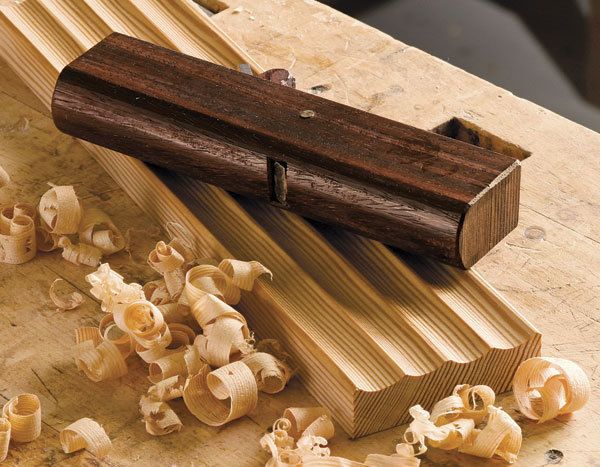
While a student in the College of the Redwoods Fine Woodworking Program, Kevin Kauffunger did what the school is famous for. He hyper-focused on design, hand skills, and carefully chosen grain. However, rather than creating a Krenovian cabinet on a stand, as many students do, Kauffunger designed the contemporary coffee table seen on the back cover. Confining himself to handwork wasn’t easy, especially when it came to fluting the drawer fronts and registering the two-way drawers consistently.
Craft a handmade plane for hand-fluting
Douglas fir can be difficult to work by hand, and Kauffunger could easily have taken the perfect fir drawer fronts to the router table for quick flutes. Instead, he made a plane with a radiused sole to create scallops that are uniform yet subtly maintain an organic, hand-cut inconsistency.

For the first groove, Kauffunger clamps a 3/8-in.-thick block of wood with a rounded edge to the side of the plane.
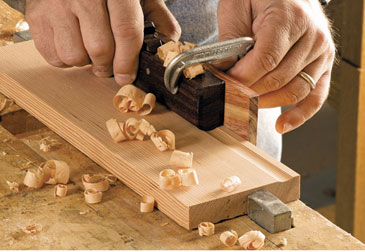
He registers the block on the edge of the stock.
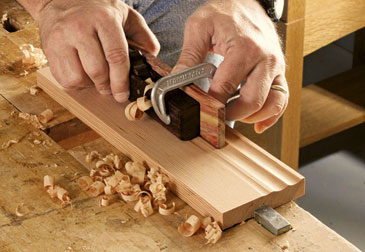
All the subsequent grooves are made with the same block of wood clamped even with the sole of the plane and riding in the previous flute.
Spring catch for two-way drawers
The through-drawers are accessible from both sides of the table.
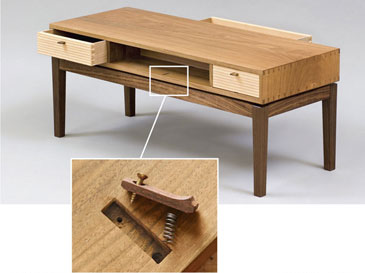
To keep the reveal consistent, Kauffunger made spring catches that register in notched hardwood blocks that are inlaid into the bottom edge of the drawer fronts.
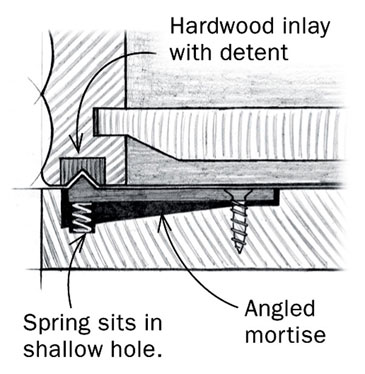
Assembly for spring catches
Photos: Anissa Kapsales and David Welter. Drawing: John Tetreault
Fine Woodworking Recommended Products

Ridgid EB4424 Oscillating Spindle/Belt Sander





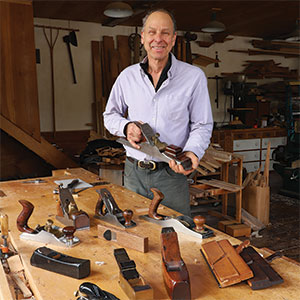







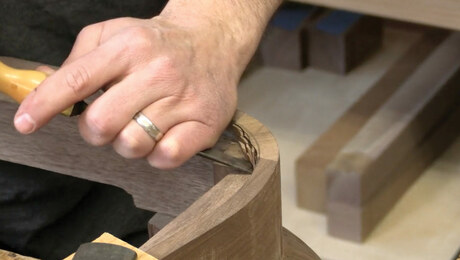








Log in or create an account to post a comment.
Sign up Log in